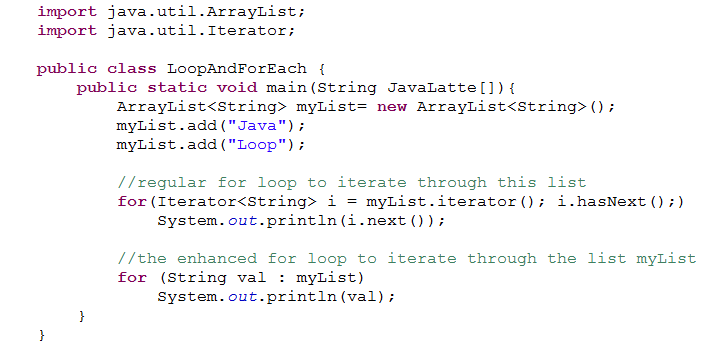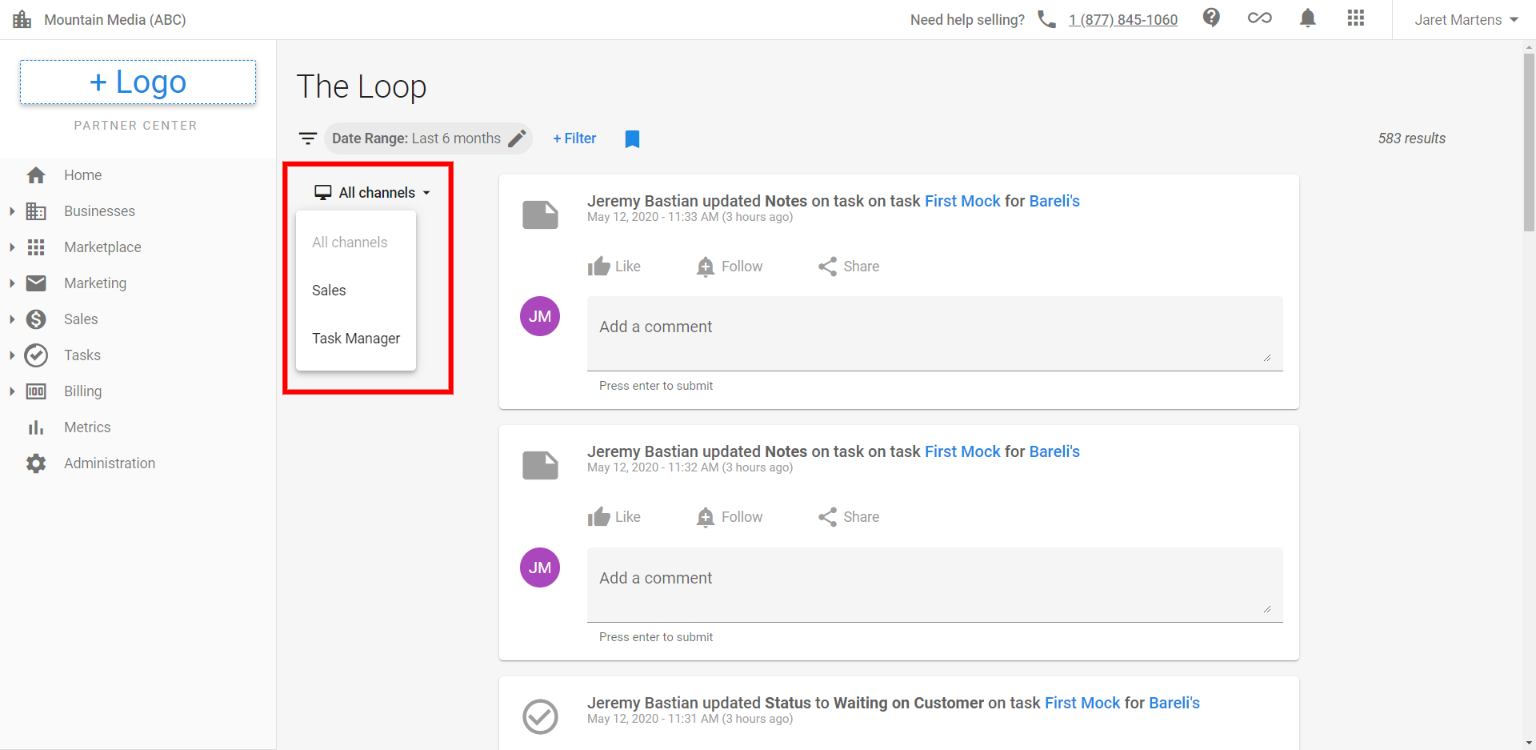
The contents of the first defined array element ( a) The index of the first defined array element, or 0 if none are defined ( 1). The number of defined array elements ( 4 in this case) These variables can be used just like any other, however it is also possible to access them in special ways. If the four variables %arr1, %arr2, %arr3, %arr4 hold respectively a, b, c and d then we have an array with 4 elements. The list of these ways are available in the official user guide, so I’ll just quote them here: Since arrays are numbered lists of variables, you get some new ways to refer to them. Perhaps the most common mistake when dealing with arrays is to refer to one when you mean the other, causing whatever you do to be based off a single variable instead of an array, or vice versa. This can be a bit confusing, because %ingredients can refer to the single variable %ingredients or the array %ingredients. If you similarly were to clear the array %ingredients, the first flash would be unaffected, while the second would just flash empty variables. This is because the array remains even though you cleared the variable that created it in the first place. If you were to clear the variable %ingredients and repeat the flashes, you’d get an empty %ingredients on the first, and the same sugar,milk,flour on the second. Flashing %ingredients() however would tell Tasker to take the value of each child variable and separate them with a comma, so you’d get sugar,milk,flour. Adding a Flash action for %ingredients would then flash, because the value of the single variable %ingredients is still. If you were to split %ingredients = by the period, you’d end up with the array %ingredients containing %ingredients1 = sugar, %ingredients2 = milk, and %ingredients3 = flour. The former is accepted as the input into several array-specific action settings in Tasker, some of which we’ll look at later. %Hello() on the other hand will list the value of each variable in the array, separated by a comma. When referring to an array, it’s common to either refer to them by their base variable (like %Hello) or in the format %Hello(). To use arrays, you need to get out of the mindset as variables as single entities. Because variables in an array is arranged in a way that can very easily be referenced, we suddenly have a whole new set of tools that we can use to manipulate the variables on an array level, rather than treat them as individual variables. However, what makes arrays special is what you can do with them in addition to what you can do with normal variables. Each element in an array is a variable, so it can be used as a variable, which is how we’ve been using arrays for so long without calling them that. So far nothing new, perhaps with the exception of the terminology – we’ve been using child variables throughout the guide. %Hello is then an array with several elements, each element being a variable in itself. When you use Variable Split on the variable %Hello, you end up with a bunch of child variables like %Hello1, %Hello2, %Hello3, etc. In Tasker, an array can be described as a base variable which have several child variables.

The application will show you which task remains uncompleted, and what you need to pay attention to.Arrays are common in many areas, from mathematics to programming. All completed tasks are saved in the application, which allows you to track your productivity. Mark the task as completed when dealing with it.

All you need just say: "Hi Siri, create a task", the application will be opened automatically and ready for use. Tasker allows you to call the assistant without turning on the phone by hand. There is nothing easier than to quickly voice a task without wasting time manually entering text.Ī friendly reminder will work at the time you set and will not allow you to forget about important meetings and events.Ĭreate recurring tasks and you will optimize your time with Tasker successfully. The new generation Artificial intelligence algorithm allows speech recognition with high accuracy. Tasker will create the task by itself, just tell the date, time, as well as the contents of the task. Tasks are created in the instant as if you just thought about it!
#Tasker for loop free
TASKER is a FREE to do list and business planner app for managing and organizing your daily task.Ĭreate and set reminders with a voice to your to do list. The best business calendar! Just tell him: - Siri, add a new task.


 0 kommentar(er)
0 kommentar(er)
